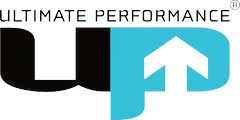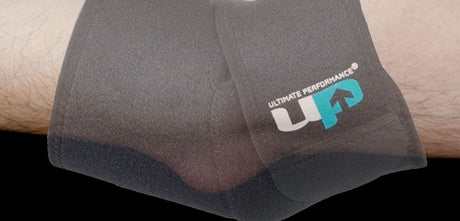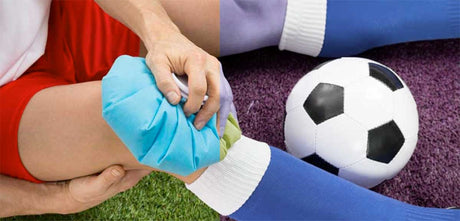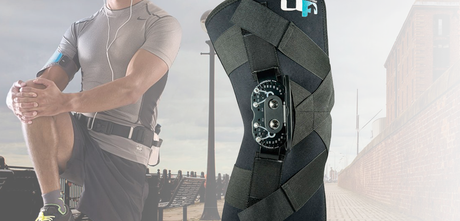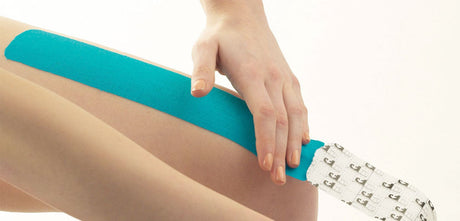The Medical & Healthcare products Regulation Agency (MHRA) registers Class 1 medical devices. This means they are designed and tested, with evidence based research to prove they are safe and effective.
Under the Consumer Protection Act 1987, regulations exist to ensure medical devices meet specific requirements. This is so that they are acceptably safe to use and suitable for their intended purpose. Any manufacturer of a medical device must follow these guidelines alongside the relevant Part of the UK MDR 2002.
How do I know if my support is a Class 1 medical device?
All Ultimate Performance supports and braces are classified Class 1 medical devices so you know you are buying a safe and effective product. This include:
- Ankle supports
- Knee supports
- Wrist
- Elbow
- Shoulder
- Back
Anything worn on the body to help with an injury is a medical device. Therefore, any support classified as medical device with the MHRA, should state “UKCA” and “Class I” medical device on the packaging.
If you buy a support or brace that is a lot cheaper, but does not show the compliant marks, you might wonder how thoroughly the manufacturer has designed and tested it’s products. It certainly is not complying with the legal requirements set out for the industry.
Medical Device Classification
The classification of a particular product is based on the level of risk they pose to patients and users.
Class 1 Medical Devices
Class 1 devices are low-risk devices. For example, Class 1 medical devices include supports & braces, bandages, handheld surgical instruments, examination gloves, and many non-invasive diagnostic devices like thermometers.
These devices have the lowest potential risk and are generally simple in design and function. They are typically not intended to sustain or support life and have a low potential for causing harm to the user.
Class 2 Medical Devices
Class II devices are intermediate-risk devices. For example, CT scanners or infusion pumps for intravenous medications.
Class 3 Medical Devices
Class 3 devices are high-risk devices that are very important to health or sustaining life. For example, these include pacemakers and deep-brain stimulators.
